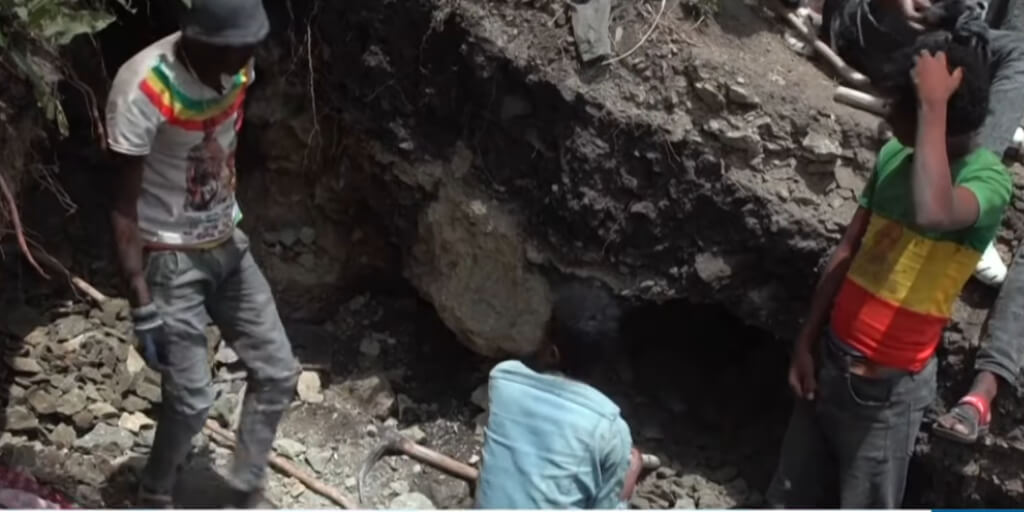Drought likely in the Horn as famine threatens South Sudan and Somalia
Kalkidan Yibeltal
Greater part of the Horn is likely to experience a considerable moisture deficit, according to a recent climatic early warning report on rainfall irregularity issued by the Global Information and Early Warning System on Food and Agriculture (GIEWS) of Food and Agriculture Organization (FAO).
The report, which is based on satellite-derived observations, states that the 2014 rainy season has deviated from normal patterns since January: a typical rainfall occurred during the dry season as well as the rainy season saw above average rainfall in some areas and delayed onset in others. In the main agricultural areas of Kenya, Southern Ethiopia, Northern Tanzania and Somalia, a far below normal total culminated rainfall is expected leading the areas to a high risk of drought.
El Nino conditions are also indicated for the coming months, which should lead to above average rains between the months of October and March. Even though such conditions are favorable for planting new crops, they could potentially impede the harvesting of the main season cereal crops. They could even harmfully affect food and livestock conditions due to flooding caused by exceptionally heavy rain.
Another forecast released by the Greater Horn of Africa Climate Outlook Forum (GHACOF) on May 26 predicts an increased below average June to September rainfall in many areas in East Africa and an increased likelihood of flooding along the Nile and its tributaries in South Sudan and Sudan. Main season harvests in the later two countries and to a lesser extent in Ethiopia and Kenya could be negatively impacted if the forecast is realized. National estimations from Sudan, Kenya and Ethiopia reach similar conclusions. Concurring with this, in Kenya, the Ministry of Agriculture is anticipating a significant decline in the production of Maize this year. While in Sudan, last year’s very poor cereal harvest added with prevailing high cereal price and a below average rainy season could have a tremendous impingement on food security.
The Northeastern highlands and Afar in Ethiopia, Western Djibouti and the “Greater Illemi Triangle” including Turkana, Karamoja, Southwestern Ethiopia and Southeastern South Sudan are among the concern areas identified by the report.
A meeting set by the African Union Commission Department of Political Affairs in conjunction with the Intergovernmental Authority on Development (IGAD) on the 14th of June 2014 emphasizes that in order to ensure the warnings are not realized as well as mitigation actions are identified and resourced in a timely manner so the humanitarian crisis of 2011 in the region is not repeated. Yet the lack of stability and enduring conflicts in South Sudan and Somalia are not helping the situation, posing a threat of famine says Dr. Aisha L. Abdullahi, Commissioner of the department.
In Somalia, successive seasons of near to above average rainfall and low food prices coupled with continued humanitarian intervention have brought down the number of people requiring urgent, life saving humanitarian assistance from its peak of four million during the 2011 famine. However since August 2013 findings indicate improvements have slowed down to a great extent. Between February 2014 and June 2014 an estimated 857 000 are believed to be in need of urgent humanitarian assistance according to a joint assessment by the Food Security and Nutrition Analysis Unit for Somalia (FSNAU) and the Famine Early Warning Systems Network (FEWS NET).
FEWS NET urges to immediately begin contingency planning particularly in areas at risk of flooding and in South Sudan where the food security impacts of the current forecast could manifest themselves most quickly.
Cover Photo: One of the main water sources outside Moyale in Kenya runs dry. Photograph: Sarah Elliott/EPA
Credit: The Guardian







